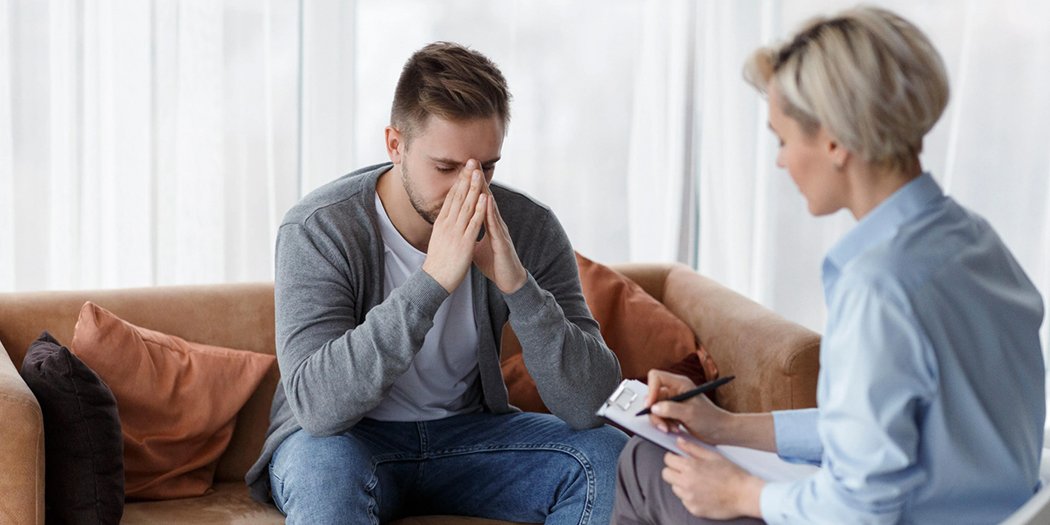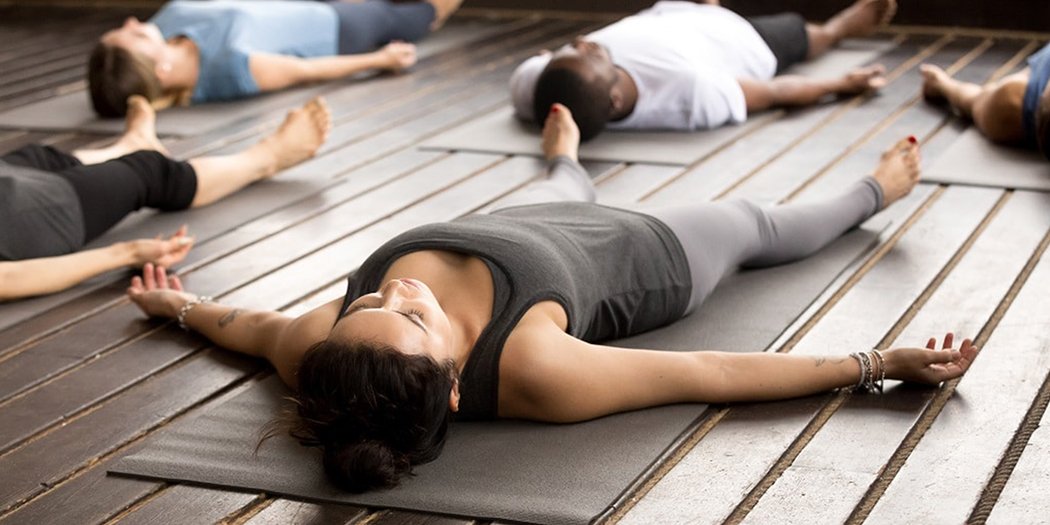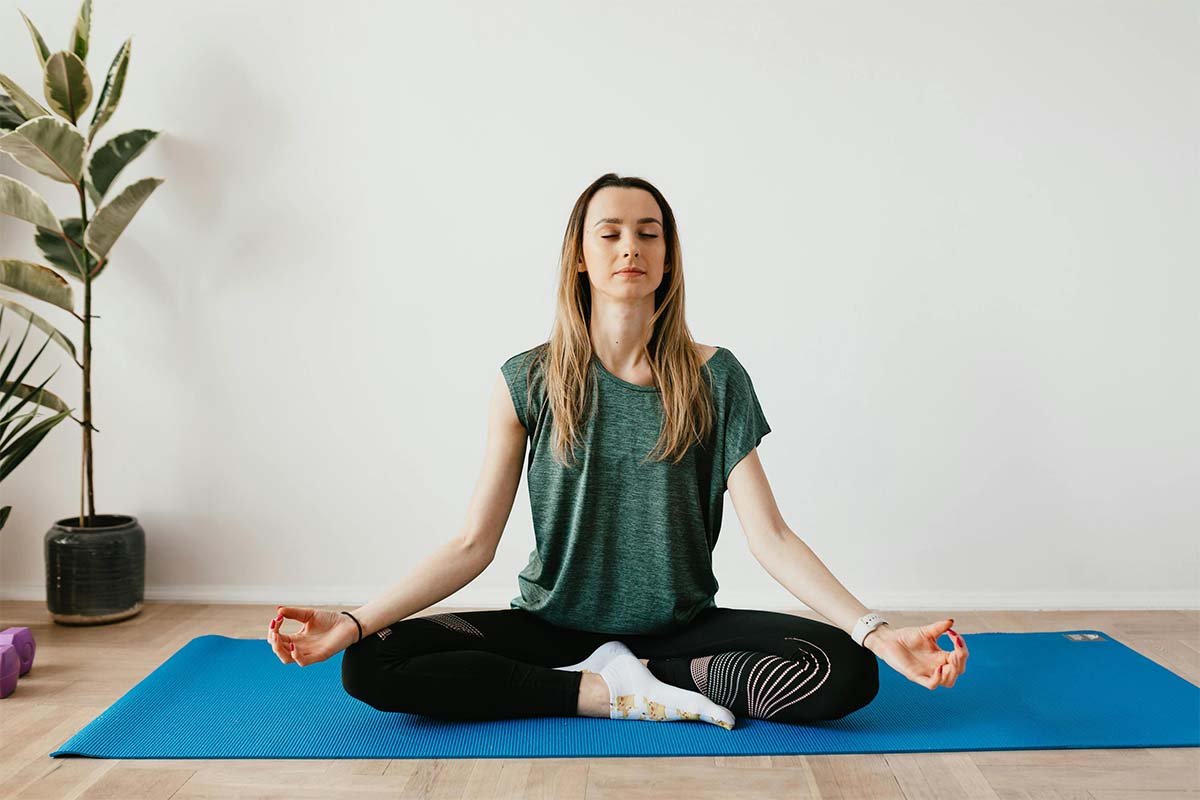Stress has become a constant part of modern life, whether it’s from work pressure, financial struggles, health issues, or personal challenges. While a small amount of stress can motivate us, too much of it can harm both our physical and mental well-being. That’s where relaxation techniques come into play. These methods are powerful tools to calm the mind, ease the body, and restore balance.
In this comprehensive guide, we’ll explore the best relaxation techniques for stress relief, backed by research and practical tips. You’ll learn how to apply them in your daily routine and discover which methods work best for different lifestyles.
Understanding Stress and Its Impact

Before diving into relaxation techniques, it’s important to understand what stress is. Stress is the body’s natural response to challenging or threatening situations. When stressed, your body releases hormones like cortisol and adrenaline, preparing you for a “fight-or-flight” reaction.
While this response is useful in emergencies, chronic stress can lead to:
- Headaches and migraines
- Sleep disturbances
- Weakened immune system
- Anxiety and depression
- High blood pressure and heart disease
That’s why adopting effective relaxation techniques is essential for long-term health.
Why Relaxation Techniques Are Essential

Relaxation isn’t just about lying on the couch or watching TV. True relaxation involves actively calming the body and mind. When practiced regularly, these techniques can:
- Lower stress hormone levels
- Reduce muscle tension
- Improve sleep quality
- Enhance focus and productivity
- Boost overall emotional resilience
The key is consistency—making relaxation a daily habit, not an occasional activity.
Deep Breathing Exercises

One of the simplest and most effective techniques for stress relief is deep breathing. Controlled breathing increases oxygen flow, slows the heartbeat, and lowers blood pressure.
How to practice deep breathing:
- Sit or lie in a comfortable position.
- Place one hand on your chest and the other on your stomach.
- Inhale deeply through your nose, allowing your stomach to rise.
- Exhale slowly through your mouth.
- Repeat for 5–10 minutes.
Variations of deep breathing:
- Box Breathing (inhale, hold, exhale, hold for 4 seconds each)
- 4-7-8 Breathing (inhale for 4, hold for 7, exhale for 8 seconds)
This method is highly effective for instant stress relief during tense situations.
Progressive Muscle Relaxation (PMR)
PMR is a science-backed technique that involves tensing and then relaxing different muscle groups. It helps release physical tension stored in the body.
Steps for PMR:
- Start with your toes, curl them tightly for 5 seconds, then relax.
- Move up through your legs, abdomen, arms, and face.
- Focus on the contrast between tension and relaxation.
This exercise is especially useful for people who feel stress in their body—like tight shoulders, clenched jaws, or back pain.
Meditation for Mind and Body Balance
Meditation is one of the most powerful tools for stress relief. It trains the mind to focus, stay present, and let go of overwhelming thoughts.
Popular Meditation Techniques for Stress Relief:
- Mindfulness Meditation – focusing on the present moment without judgment.
- Guided Meditation – using audio or video guidance to relax.
- Transcendental Meditation – repeating a mantra for mental clarity.
Studies show meditation can reduce anxiety, improve sleep, and even change brain structure, making it easier to handle stress over time.
Visualization and Guided Imagery
Visualization uses the power of imagination to create a mental escape from stress.
How to Practice Visualization:
- Close your eyes and take deep breaths.
- Imagine a peaceful place, such as a beach, forest, or mountain.
- Engage your senses—feel the breeze, hear the sounds, smell the environment.
- Stay in that mental space for 10–15 minutes.
This technique works well for quick stress relief when you can’t physically escape a stressful environment.
Yoga and Stretching
Yoga combines breathing, movement, and mindfulness, making it an excellent stress-busting practice. Even gentle stretching can help relax tense muscles and improve flexibility.
Benefits of Yoga for Stress Relief:
- Enhances relaxation and inner peace
- Reduces cortisol levels
- Improves sleep and mood
- Increases body awareness
Some of the best yoga poses for relaxation include Child’s Pose, Legs-Up-the-Wall, and Corpse Pose (Savasana).
Aromatherapy and Essential Oils
Scents have a powerful effect on our emotions. Aromatherapy uses essential oils to promote relaxation and reduce stress.
Popular Essential Oils for Stress Relief:
- Lavender – calming and soothing
- Chamomile – reduces anxiety
- Eucalyptus – clears the mind
- Peppermint – energizing yet relaxing
You can use essential oils through diffusers, massage oils, or baths for maximum benefit.
Journaling for Emotional Release
Writing down your thoughts can be a powerful way to release stress and gain clarity.
How to Journal for Stress Relief:
- Write about what’s worrying you.
- List things you’re grateful for.
- Track stress triggers and patterns.
Journaling helps you process emotions, making them easier to handle instead of bottling them up.
Music Therapy for Relaxation
Music has the ability to influence mood and reduce stress instantly. Listening to soothing music can lower blood pressure, reduce cortisol, and slow the heart rate.
Best Music for Stress Relief:
- Classical or instrumental music
- Nature sounds (rain, ocean waves, birdsong)
- Soft acoustic or ambient tracks
Creating a “relaxation playlist” is a simple way to manage stress on the go.
Physical Activity and Stress Relief
Exercise is not just good for the body—it’s also one of the most effective natural stress relievers.
Benefits of Exercise for Stress Relief:
- Releases endorphins (“feel-good hormones”)
- Reduces tension and boosts energy
- Improves sleep and focus
Activities like walking, swimming, cycling, or dancing can all help reduce stress while keeping the body healthy.
Nature Therapy and Outdoor Time
Spending time in nature is a proven way to lower stress levels. The fresh air, sunlight, and natural surroundings help reset the nervous system.
Ways to Use Nature for Stress Relief:
- Take a daily walk in a park
- Try forest bathing (Shinrin-yoku)
- Sit quietly by a lake or river
Nature provides a calming environment that helps restore peace of mind.
Creating a Stress-Free Environment
Sometimes stress comes from your surroundings. A cluttered, noisy, or chaotic environment can increase anxiety.
Tips for a Relaxing Environment:
- Declutter your space regularly
- Use soft lighting and calming colors
- Play soothing background sounds
- Add plants for natural calmness
A peaceful environment supports better relaxation and focus.
Combining Techniques for Best Results
Not every technique works for everyone. The key is to experiment and combine methods until you find what suits you best. For example:
- Pair deep breathing with meditation
- Use aromatherapy during yoga
- Journal after exercise or before sleep
Creating a personalized relaxation routine ensures long-term stress management.
Conclusion
Stress is an unavoidable part of life, but it doesn’t have to control you. By practicing relaxation techniques for stress relief, you can calm your mind, improve your health, and enhance your overall quality of life. From deep breathing and meditation to yoga, journaling, and aromatherapy, these techniques offer simple yet powerful ways to restore balance.
The secret lies in consistency—making relaxation a habit, not just a reaction to stress. Start small, try different methods, and find what works best for you. With the right tools, you can create a more peaceful, resilient, and stress-free life.

